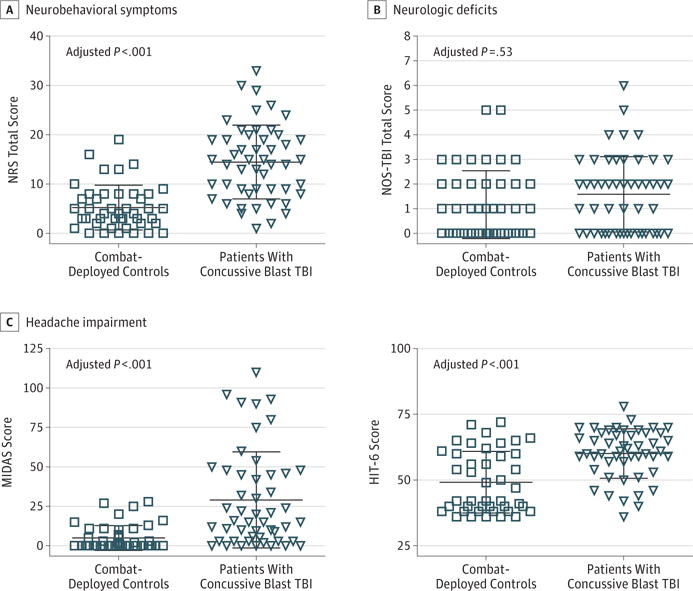Figure 2. Neurobehavioral Symptoms, Neurologic Deficits, and Headache Impairment at 5-Year Follow-up.

A, Overall neurobehavioral symptom severity was assessed using the Neurobehavioral Rating Scale–Revised (NRS; scores range from 0–33, with higher scores indicating more symptoms; maximum score, 87). B, Focal neurologic deficits were assessed using the Neurological Outcome Scale for Traumatic Brain Injury (NOS-TBI; scores range from 0–6, with higher scores indicating more deficits; maximum score, 58). C, Headache impairment was assessed using the Migraine Disability Scale (MIDAS; scores range from 0–110, with higher scores indicating more headache disabiltiy; maximum score, 270) and the 6-item Headache Impact Test (HIT-6; scores range from 36–78, with higher scores indicating more headache impairment; maximum score, 78). TBI indicates traumatic brain injury. Each data marker represents an individual; horizontal black lines, mean (SD).
